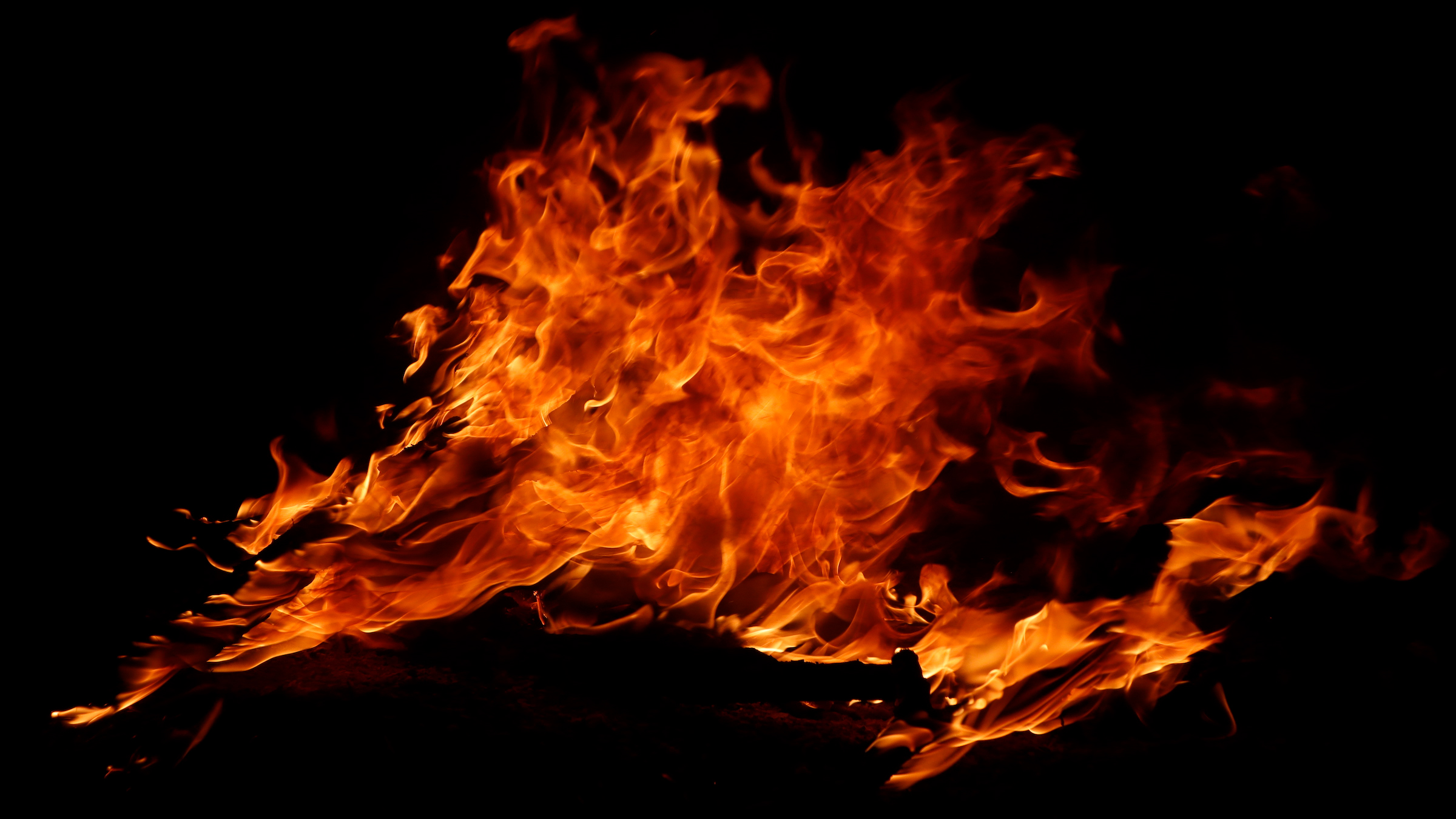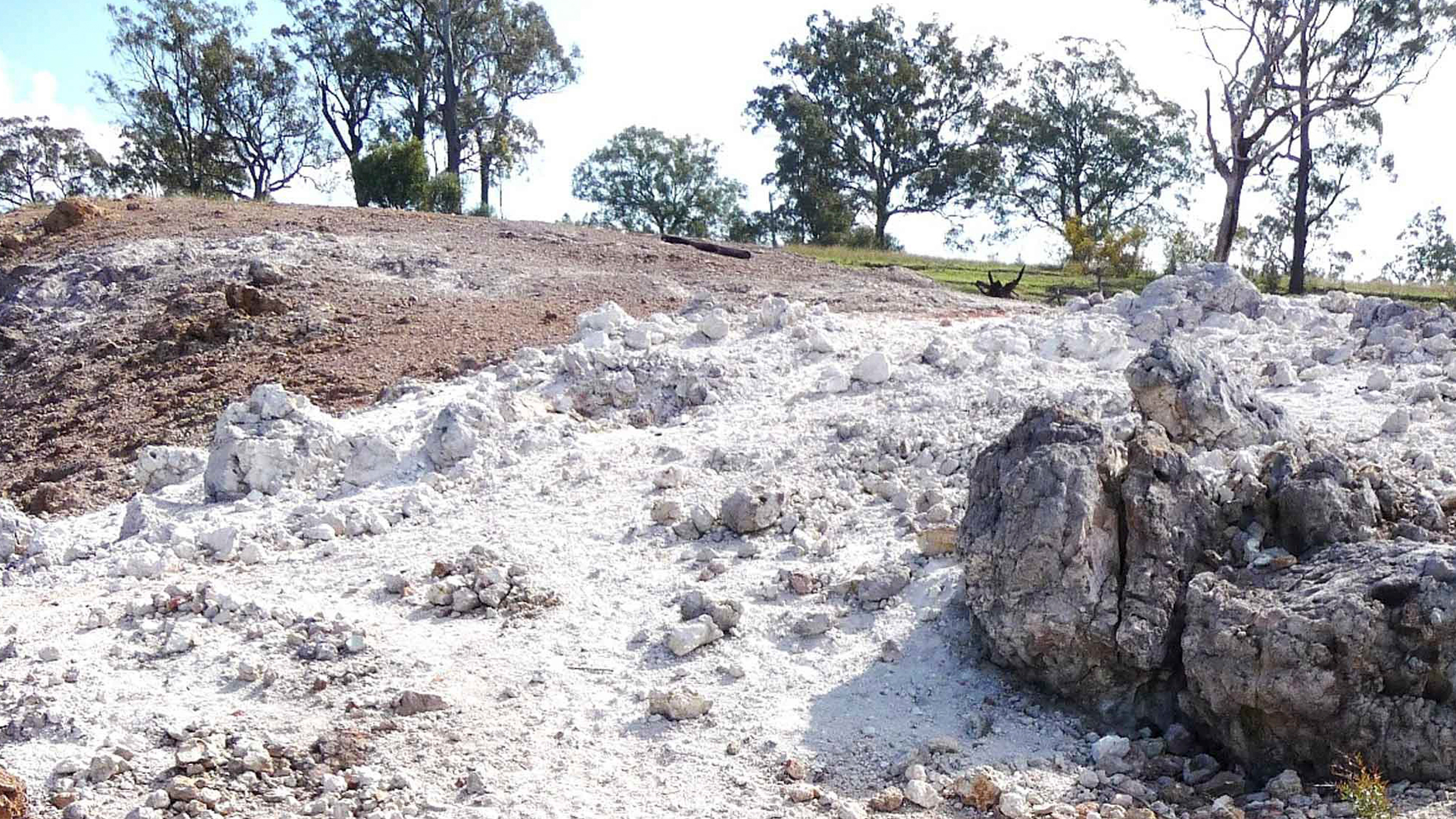
What's the longest-burning fire in the world?
This fire has been burning for at least 5,500 years.

Early humans discovered how to use fire at least 1 million years ago and forged an enduring love story between civilization and the resource. Today, most flames in our day-to-day lives are fleeting, lasting only as long as the wick in a candle or the logs in a fireplace. But around the world, various self-sustaining blazes have burned for centuries — even millennia. So, of these, what's the longest-burning fire on record?
At its core, a fire has three components: fuel, oxygen and a heat source. The trio forms the fire triangle. Anything flammable — from wood, to vegetation, to gasoline — can serve as fuel. With the right amount of oxygen, a heat source can trigger a combustion reaction that ignites these materials. Theoretically, if all three factors never ran out, a fire could last forever, said Tina Bell, an associate professor of fire ecology at the University of Sydney in Australia.
In eastern Australia, these three components have been going strong since prehistoric times, leading to the longest-lasting known fire in the world: a scorcher that has burned beneath Mount Wingen in New South Wales for at least 5,500 years — although some geologists suspect it could be up to 500,000 years old. Wisps of sulfurous smoke rise from the smoldering underground blaze and escape to the surface through vents, according to the New South Wales National Parks and Wildlife Service. Heat has baked nearby soil from below, painting it red and withering vegetation from around 53,800 square feet (0.5 hectares) of the Burning Mountain Nature Reserve.
Related: Can diamonds burn?
The reserve gets its name from its star feature's nickname: Burning Mountain, which has been surrounded by Indigenous mythology and local folklore for centuries. Early European inhabitants even dubbed it a volcano at first, according to The Sydney Morning Herald. Rather than spewing roiling magma, Burning Mountain is fueled by one of the many coal seams that stretch throughout eastern Australia. Thousands of years ago, the seam was exposed on Earth's surface when, researchers suspect, it was ignited by lightning, Bell said. Since then, a smoldering fire has been slowly eating away at the coal seam at a rate of about 3 feet (1 meter) per year. It's now estimated to be nearly 100 feet (30 m) underground and doesn't show signs of stopping.

"Being that far down, it's really too hard to put out now," Bell told Live Science. "If it's not causing any problems, and it's not this massive, big economically important coal thing that [the fire] gets into, then I guess it'll just keep going."
As Australia's only naturally burning coal seam, Burning Mountain represents one of the thousands of coal fires around the world, some of which are much more problematic. According to a 2009 study published by the U.S. Geological Survey, these uncontrollable blazes release toxic air pollutants and cost more than $1 billion in remediation projects, with about 90% of that cost going to two states: Pennsylvania and West Virginia.
Sign up for the Live Science daily newsletter now
Get the world’s most fascinating discoveries delivered straight to your inbox.
While Burning Mountain had a natural cause, other coal fires have ignited from human activities. For instance, a mine fire in Centralia, Pennsylvania, has burned for over half a century after the city set a landfill aflame that most likely sparked the underground blaze. Some of China's hundreds of coal fires originated more than a century ago and collectively consume as much as 20 million tons (18 million metric tons) of coal every year.
"They're always there in the background," Bell said about coal fires, including Burning Mountain. "I suppose that would be our Australian equivalent of a live volcano [on the mainland]."
Originally published on Live Science.

Brittney J. Miller is a contributing writer for Live Science who loves writing about the natural world around her. After majoring in biology and journalism at the University of Florida, she moved across the country to enroll in the UC Santa Cruz Science Communication Program. In pursuit of her master's degree, she's grateful to be a 2021-22 CASW Taylor/Blakeslee Fellow, ARCS Foundation Scholar and OWAA Bodie McDowall Scholar. So far, her work has appeared in the Associated Press, the U.S. News & World Report, Mongabay, Eos and Bay Nature.










